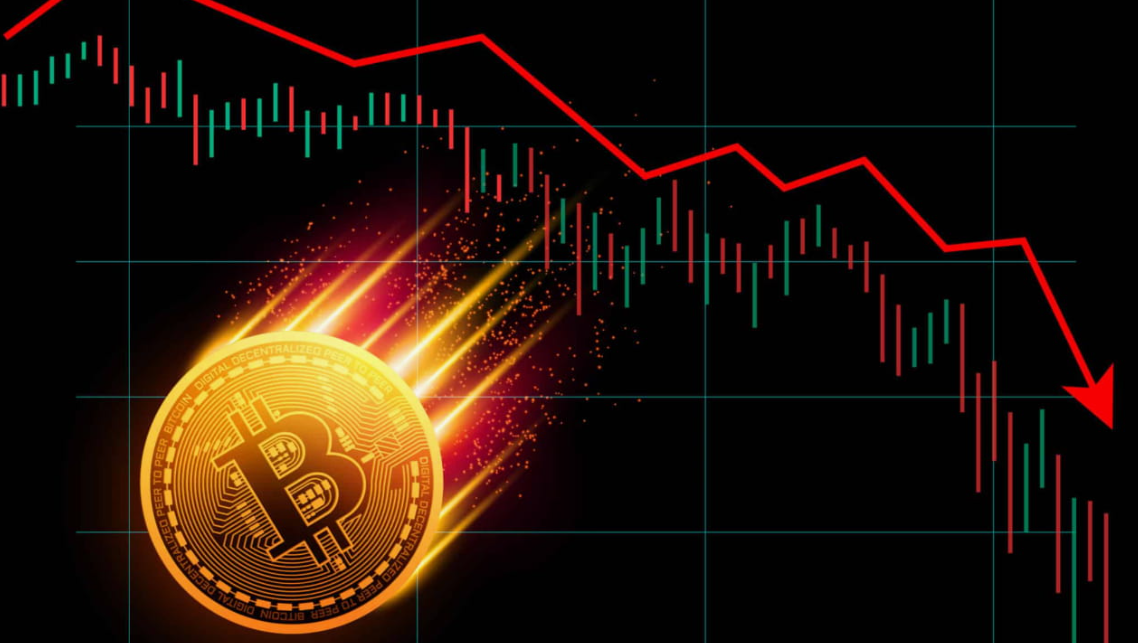The U.S. dollar has always been a heavyweight in global financial markets. But how are other major currencies faring against it? If you’re a trader, investor, or just someone curious about forex markets, understanding these dynamics is essential. Let’s break it down and see what’s happening.
Why Does the U.S. Dollar Dominate?
Before we jump into the performance of other currencies, let’s talk about why the U.S. dollar is such a big deal. The dollar isn’t just America’s currency—it’s the world’s currency in many ways.
- Reserve Currency: Central banks worldwide keep U.S. dollars as reserves.
- Global Trade: Many international transactions, like oil and commodities, are priced in dollars.
- Stability: Investors trust the U.S. dollar during times of economic uncertainty.
But just because the dollar is strong doesn’t mean it’s unbeatable. Let’s see how some major players are stacking up.
Major Currencies vs. the U.S. Dollar: A Snapshot
Here’s a quick overview of how some major currencies are performing against the dollar:
1. Euro (EUR/USD)
The euro, used by 20 European countries, is the second most traded currency globally.
- Current Trends:
Recently, the euro has faced pressure due to economic challenges in Europe, like energy crises and inflation. But when the European Central Bank (ECB) hikes interest rates, the euro tends to bounce back.
Personal Note: I’ve noticed that EUR/USD is one of the most volatile pairs. A little news from the ECB or the Fed can send it soaring or sinking. If you’re trading this pair, buckle up!
2. British Pound (GBP/USD)
The British pound, often called “cable” in forex trading, has had its ups and downs lately.
- What’s Happening?
The pound has struggled with the economic aftermath of Brexit and inflation. However, strong policies from the Bank of England have helped stabilize it somewhat.
Fun Fact: Did you know GBP/USD is one of the oldest currency pairs traded in forex markets? It’s a favorite for many traders because of its clear patterns.
3. Japanese Yen (USD/JPY)
The yen is unique because it’s often seen as a safe-haven currency.
- Latest Moves:
The yen has been weakening against the dollar due to Japan’s ultra-low interest rates. While the Bank of Japan (BOJ) prefers a weaker yen to boost exports, it’s tricky for everyday Japanese consumers facing higher import costs.
Hypothetical Example: Imagine you’re an exporter in Japan. A weak yen means more profits in yen when you sell goods abroad, but it’s tough luck if you’re importing oil priced in dollars.
4. Canadian Dollar (USD/CAD)
The Canadian dollar, or “loonie,” is closely tied to oil prices.
- Recent Trends:
When oil prices rise, the loonie tends to strengthen against the dollar. But if oil prices drop, the loonie usually follows suit.
5. Swiss Franc (USD/CHF)
Known for its stability, the Swiss franc is another safe-haven currency.
- What to Know:
During global turmoil, investors flock to the franc, boosting its value. However, when markets calm, the franc often loses ground to the dollar.
Key Factors Influencing Currency Performance
Currencies don’t just move randomly. Here’s what makes them tick:
- Interest Rates:
- Higher interest rates make a currency more attractive to investors.
- The Federal Reserve’s rate hikes have kept the dollar strong.
- Economic Data:
- Employment rates, inflation, and GDP growth all play a role.
- A weak jobs report can send the dollar down, while strong GDP growth can boost it.
- Geopolitical Events:
- Wars, trade deals, and elections impact currencies big time.
- For example, the Ukraine conflict has affected the euro and the Russian ruble.
How Fxpricing Can Help You Track Currency Trends
Staying on top of currency movements isn’t easy, but that’s where Fxpricing comes in. With tools and resources for traders, investors, and researchers, Fxpricing makes it simple to track performance and make smart decisions.
Here’s what you’ll love about Fxpricing:
- Live Forex Rates: Get up-to-the-second data on currency pairs.
- Historical Data: Analyze past trends to predict future movements.
- Customizable Dashboards: Tailor your view to focus on the currencies you care about most.
- Economic Calendar: Stay ahead of important events like Fed announcements or ECB meetings.
- API Integration: Perfect for developers and financial institutions.
Personal Take: What’s Next for the Dollar?
Honestly, I think the dollar’s strength will continue in the short term, especially with the Fed keeping interest rates high. But over the long term, things could change. If other central banks become more aggressive with their policies, the dollar might face stiffer competition.
For traders like us, that’s exciting! Volatility creates opportunities. Just remember to use reliable data sources like Fxpricing to guide your trades.
Tips for Trading Major Currencies
If you’re new to forex or just looking to refine your strategy, here are some quick tips:
- Follow the News: Central bank decisions, like rate hikes, can move markets.
- Use Stop-Loss Orders: Protect yourself from big losses.
- Diversify: Don’t put all your money into one currency pair.
- Practice First: Use a demo account before trading with real money.
Final Thoughts
The performance of major currencies against the U.S. dollar is a dynamic and exciting aspect of forex trading. Whether you’re keeping an eye on the euro, yen, or pound, understanding the factors driving their movements is crucial. Platforms like Fxpricing make it easier than ever to stay informed and take advantage of opportunities in the market.
So, what’s your take? Will the dollar continue its reign, or is another currency poised to take the spotlight? Share your thoughts below!
FAQs
Q: Why is the U.S. dollar so strong right now?
A: The dollar is strong due to high interest rates from the Federal Reserve and global demand for a stable reserve currency.
Q: Which currency pair is the most traded?
A: EUR/USD is the most traded currency pair in the forex market.
Q: How does oil affect the Canadian dollar?
A: Since Canada is a major oil exporter, higher oil prices often strengthen the Canadian dollar.
Q: Is forex trading risky?
A: Yes, forex trading carries risks due to market volatility. Using tools like Fxpricing and practicing proper risk management can help.Q: How can I track currency performance?
A: Platforms like Fxpricing provide real-time rates, historical data, and analysis to help track currency performance effectively.





